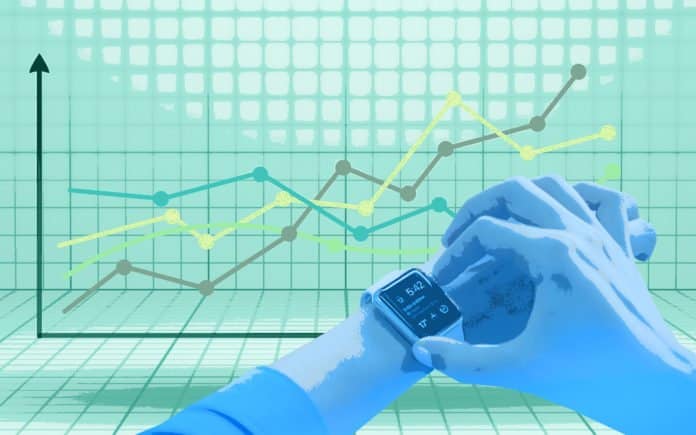
The IoMT is a connected infrastructure of medical devices, software applications, and health systems and services.
And while a growing pool and general adoption of IoT technologies are benefiting many industries, it’s a wave of sensor-based tools — including wearables and stand-alone devices for remote patient monitoring — and the marriage of internet-connected medical devices with patient information that ultimately set the IoMT ecosystem apart.
The rise of IoMT is driven by “an increase in the number of connected medical devices that are able to generate, collect, analyze or transmit health data or images and connect to healthcare provider networks, transmitting data to either a cloud repository or internal servers,” the Deloitte report notes.
Ultimately, this connectivity between medical devices and sensors is streamlining clinical workflow management and leading to an overall improvement in patient care, both inside care facility walls and in remote locations.
Effects of IoMT on Healthcare
Connected devices enabled by the IoMT can improve diagnoses while allowing data collection for analytics, a win-win for the patient, and patients that benefit from the data down the road. According to the Frost & Sullivan study, almost 60% of healthcare providers are utilizing IoMT devices – and they’re reporting improved patient care.
Some benefits to providers and patients:
- Objective Reporting – A machine that records and reports actual data is much more reliable than a patient’s subjective self-reporting.
- Remote Monitoring – Data tracking reports patient compliance, again removing the unreliability of a subjective patient’s self-reporting.
- Automation – Decrease human error and fraudulent reporting.
- Precision Medicine – Targeted stimulation designed for an individual patient while decreasing negative side effects.
Wearable healthcare devices and and healthcare apps let patients and healthcare professionals stay connected. They also can make the process more efficient for healthcare workers, who may be juggling a multitude of patients. Streamlining processes and increasing efficiency lessen the workload for health workers while increasing the level of care they can provide.